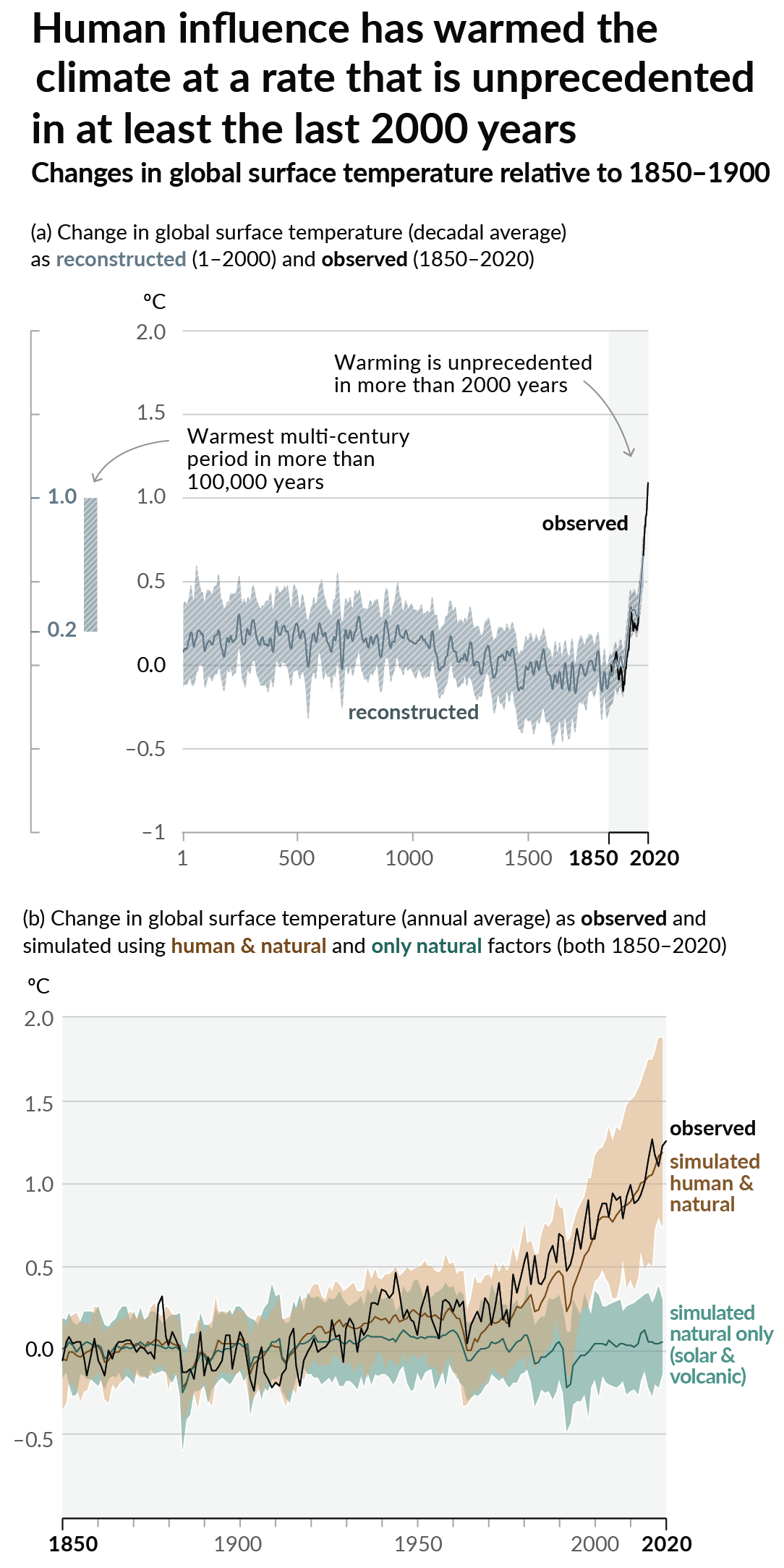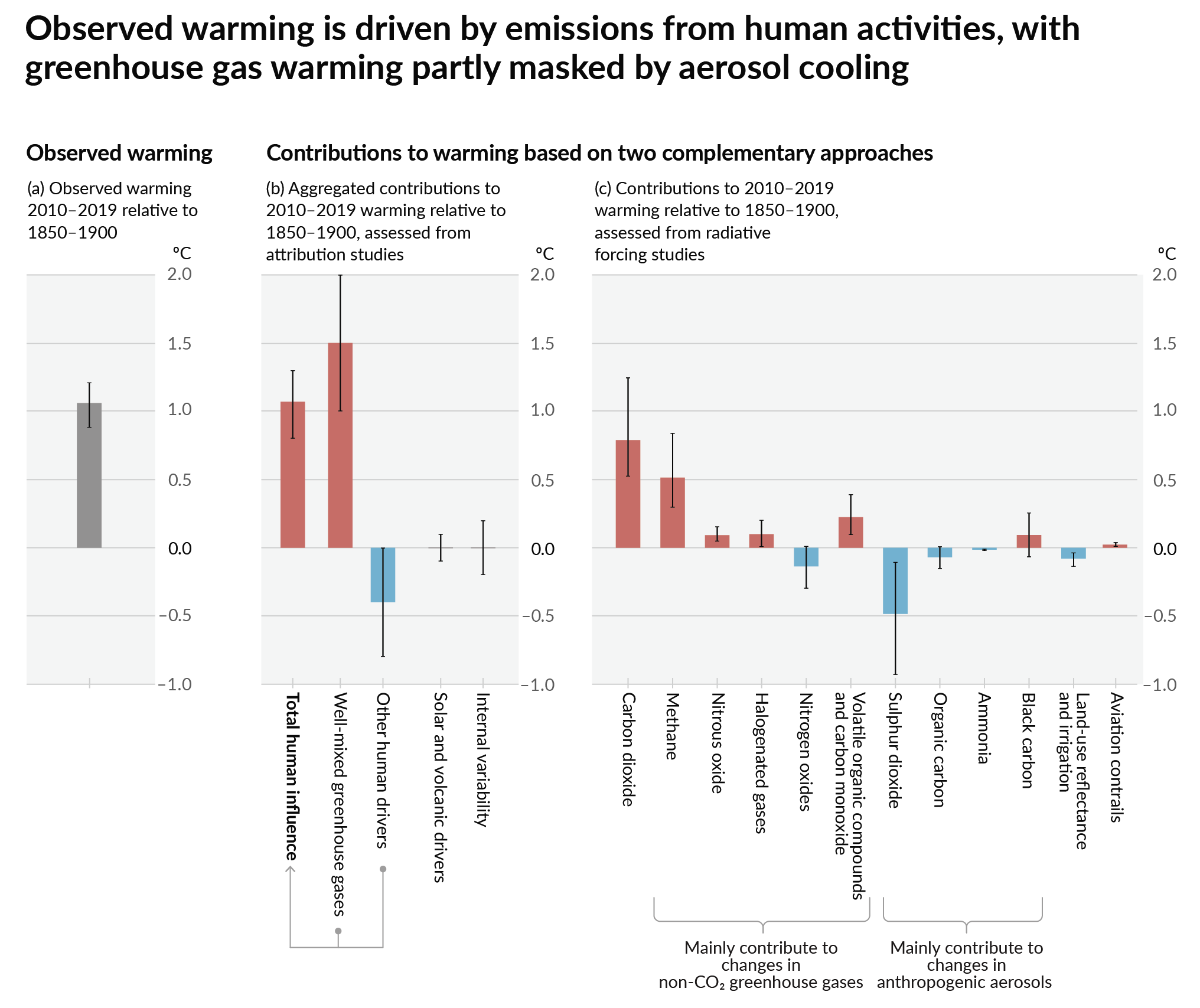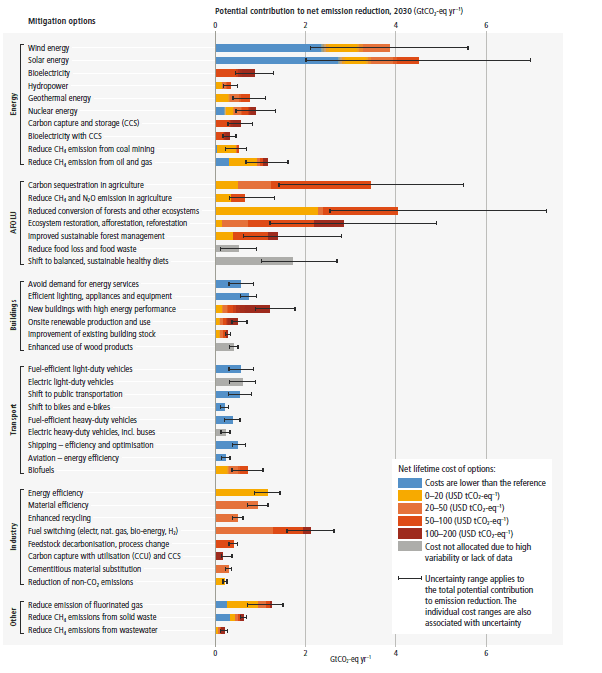China’s emissions of key super-polluting hydrofluorocarbon (HFC) refrigerants now represent more than 20 per cent of the global total.
In a newly published study, Xiaoyi Hu and colleagues reported on new observations of three of the main HFCs in use today – HFC-125, HFC-134a and HFC-143a – showing that emissions had increased to 206.4 million tonnes of carbon-dioxide equivalent (MtCO2e) in 2022.
This is equivalent to the emissions from more than 500 natural gas-fired power plants in a single year.
And the threat this poses to the planet’s climate could worsen as China’s requirement to cap its HFC use under the Kigali Amendment to the Montreal Protocol actually gives it room to increase its emissions.
The Kigali Amendment requires a gradual phase-down of the production and consumption of HFCs, highly potent greenhouse gases used primarily in refrigeration and air-conditioning. As a developing country, China was required to cap its HFC use in 2024 at a baseline level and reduce it by 10 per cent by 2029.
However, China’s 2023 consumption of HFCs was 769.4 million tonnes, which amounts to only 85 per cent of the actual baseline cap – meaning that under the current rules, the country can actually increase its consumption (and therefore emissions) by 15 per cent.
EIA UK Climate Campaign Lead Clare Perry said: “The baseline calculation under the Kigali Amendment provides too much room for growth and takes away some of the ambition from this important global agreement.
“Even in four years from now, when a 10 per cent reduction from the baseline is required, China can actually increase HFC use from current levels by some 45.2 million tonnes of carbon dioxide equivalent – and the next reduction step does not occur until 2035.
“This is untenable given we are facing a global climate crisis and urgently need to cut all greenhouse gas emissions this decade.
“China is the world’s leading producer of these gases and also the leading manufacturer of the equipment that uses them. It’s in a prime position to take ambitious steps to move away from reliance on these dangerous polluting fluorochemicals, which have not only punched a huge hole in the ozone layer causing hundreds of millions of skin cancer cases and untold environmental damage, but are responsible for 12 per cent of global warming to date.”
The study utilised observations from a station in Changdao, China, giving researchers access to more accurate monitoring of emissions from northern China, where most of the fluorochemical industry is based.
Perry welcomed the study and highlighted the importance of accurate regional and global monitoring data, but warned that the current global regulation of HFCs under the Montreal Protocol was insufficient to ensure the rapid emissions reductions needed to secure a safe climate.
EIA calls on China and other parties to the Montreal Protocol to follow the lead of the European Union and accelerate action to phase out HFCs.



Maybe I'm too stupid, but how was the baseline actually set? The article implies the 2024 consumption sets the baseline, but we probably don't know that value yet and they just talk about how the baseline is higher than 2023 (and "current") usage. Obviously Kigali timelines are slower than we all want, but at the same time having global agreement (mostly, US will probably reneg) and achievable targets may be better than everyone failing (cough Paris). Remember the Montreal protocol is an incredible success story in international cooperation, even if in hindsight it seems like the most basic bare minimum to us today. The problem is the chemical industry is pushing HFOs as HFC replacements, but these are also dogshit because they break down into PFAS.
We need to go straight to natural refrigeratonts. There are many passionate individuals, companies, and policies driving us towarda this and we'll get there. For anyone buying refrigerant containing things, look for R290, R744, R600a if you have a choice when you buy refrigerators, heat pump dryers, heat pumps, cars, etc. This is a big deal!
Kigali has the average emission of the country between 2011-13 as the baseline. China agreed to reduce its emissions by 80% until 2045.